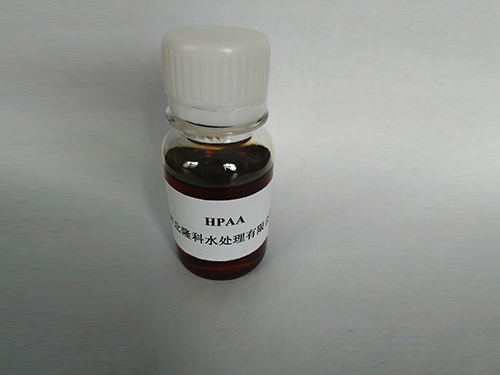Understanding the Impact of Scale Formation and Corrosion Inhibitors on Industrial Systems and Equipment
The Interplay of Scale and Corrosion Inhibitors in Industrial Systems
In many industrial processes, scale formation and corrosion are two of the most frequent challenges faced by engineers and process managers. Both phenomena can lead to significant operational inefficiencies, increased maintenance costs, and even catastrophic failures in severe cases. To mitigate these issues, the use of scale and corrosion inhibitors has emerged as a vital strategy. Understanding the relationship between these two inhibitors and their application is crucial for maintaining the integrity and efficiency of various systems.
Scale deposition occurs when dissolved minerals in water exceed their solubility limits, leading to the formation of solid mineral deposits on equipment surfaces. Common scaling materials include calcium carbonate, calcium sulfate, and magnesium silicate, each of which can cause severe blockages in pipes and heat exchange equipment. This impedes fluid flow and reduces heat transfer efficiency, ultimately leading to increased energy consumption and reduced system performance.
Corrosion, on the other hand, is the degradation of materials, usually metals, due to chemical reactions with their environment. This can occur due to factors such as oxygen concentration, pH levels, temperature, and the presence of aggressive ions. The financial implications of corrosion are significant, often resulting in millions of dollars in repairs and downtime due to equipment failures.
To address these issues, various inhibitors are employed. Scale inhibitors, commonly formulated as phosphonates, polymeric dispersants, or crystalline modifiers, work by interfering with the crystallization process of scale-forming minerals. By either preventing the formation of scale or making it easier to disperse, these inhibitors help maintain efficient flow and heat transfer.
scale and corrosion inhibitor

Corrosion inhibitors, on the other hand, can be categorized into several types, including anodic inhibitors, cathodic inhibitors, and passivators. Anodic inhibitors, such as chromates and phosphates, function by forming a protective oxide layer on metal surfaces, slowing down the corrosion process. Cathodic inhibitors, like zinc salts, reduce the cathodic reaction during electrochemical corrosion. Passivators enhance the formation of an inert oxide layer, which further shields the metal from corrosive agents.
The challenge arises when combining scale and corrosion inhibitors in a single system. While both types of inhibitors play a role in protecting equipment, they can sometimes interact negatively. For instance, certain scale inhibitors may inadvertently accelerate corrosion in specific environments, or vice versa. This necessitates a careful selection and optimization process during the formulation and application of these inhibitors, ensuring they complement each other rather than undermine performance.
To optimize the effectiveness of scale and corrosion inhibitors, continuous monitoring and analysis of system conditions are essential. Advanced techniques, such as real-time corrosion monitoring and the use of spectroscopic methods to analyze scale formation, can provide valuable insights into the interactions of these inhibitors. Leveraging this data allows for more proactive measures and timely adjustments to inhibitor concentrations, leading to improved system reliability.
In conclusion, the interplay between scale and corrosion inhibitors is pivotal for the efficient operation of many industrial systems. By deploying suitable inhibitors while carefully evaluating their interactions, companies can significantly reduce the risks associated with scale formation and corrosion. As industries continue to evolve and demands for efficiency grow, ongoing research and development in scaling and corrosion management will play a crucial role in advancing industrial operations and ensuring long-term sustainability.
-
The Power of Isothiazolinones in Modern ApplicationsNewsMay.08,2025
-
Flocculants in Water TreatmentNewsMay.08,2025
-
Flocculants and Chemical Solutions: What You Need to KnowNewsMay.08,2025
-
Flocculants and Chemical Solutions: A Growing IndustryNewsMay.08,2025
-
Essential Chemicals: Polymaleic Anhydride and MoreNewsMay.08,2025
-
Acrylic Polymers: Essential Solutions for IndustryNewsMay.08,2025





